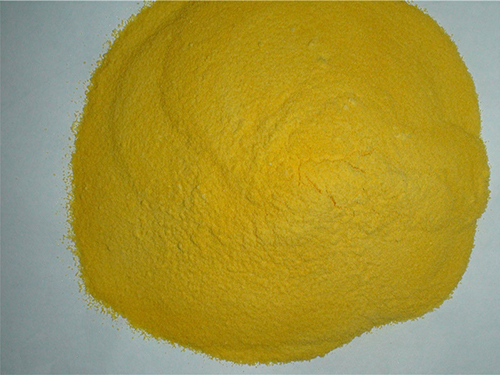HEDP Acid
An Overview of HEDP Acid Properties, Applications, and Environmental Impact
HEDP, or Hydroxyethylidene Diphosphonic Acid, is a type of organophosphonate with significant importance in various industrial applications. Its unique chemical structure, which incorporates both phosphonic and hydroxyl groups, confers distinct properties that make it a versatile chelating agent, particularly in the fields of water treatment and agriculture.
Chemical Properties
HEDP is characterized by its ability to chelate metal ions, which prevents the formation of scale and corrosion in water systems. It has a high level of stability across a range of pH values, making it effective in diverse aqueous environments. Moreover, HEDP exhibits excellent solubility in water and can function effectively even at high temperatures. Its unique molecular configuration allows it to bind with calcium, magnesium, and other metal ions, forming stable complexes that inhibit precipitation.
Industrial Applications
One of the primary applications of HEDP lies in water treatment procedures. It is widely utilized in cooling water systems, boilers, and oilfield operations to control scale and corrosion. The presence of HEDP in these systems can enhance equipment longevity and efficiency by minimizing the unwanted buildup that can lead to operational failures.
hedp acid

In the agricultural sector, HEDP is used as a fertilizer additive and in herbicide formulations. Its chelating properties ensure that essential nutrients are more available to plants by preventing them from binding with soil particles, thus improving plant health and crop yields. In the realm of cleaning products, HEDP serves as an effective ingredient in detergents, enhancing their ability to soften water and improve cleaning efficiency.
Environmental Impact
The environmental profile of HEDP raises some concerns, especially regarding its biodegradability and potential accumulation in aquatic systems. Although HEDP is less toxic compared to some other phosphonates, the introduction of phosphonates into the environment has been linked to eutrophication, a process where water bodies become overly enriched with nutrients, leading to excessive growth of algae and depletion of oxygen.
Efforts are being made to assess the environmental fate of HEDP and to develop more sustainable practices for its use. Regulatory bodies are increasingly focused on ensuring that the application of such chemicals does not pose a significant risk to ecological health. This includes scrutinizing its breakdown products and their effects on aquatic life.
Conclusion
HEDP acid is a multifunctional chemical that plays a crucial role in various industries, particularly in water treatment and agriculture. Its ability to chelate metal ions and enhance the efficiency of industrial processes makes it invaluable; however, the environmental implications of its use cannot be overlooked. As industries continue to explore more sustainable approaches, the focus on reducing the ecological footprint of chemicals like HEDP will be paramount. It is essential for manufacturers and users alike to balance the benefits of HEDP with the need for environmental stewardship to ensure a sustainable future.
-
Water Treatment with Flocculant Water TreatmentNewsJun.12,2025
-
Polymaleic AnhydrideNewsJun.12,2025
-
Polyaspartic AcidNewsJun.12,2025
-
Enhance Industrial Processes with IsothiazolinonesNewsJun.12,2025
-
Enhance Industrial Processes with PBTCA SolutionsNewsJun.12,2025
-
Dodecyldimethylbenzylammonium Chloride SolutionsNewsJun.12,2025





